
1. Introduction to Cold Weather Cycling
Cycling in cold weather can be a thrilling experience, but it requires the right preparation to stay safe and comfortable. Whether you're cycling through brisk autumn mornings or winter's chill, wearing the proper gear is essential to protect yourself from the elements. This article explores the best cycling attire for cold weather, focusing on layering, gloves, and shoe covers, which are crucial components of staying warm while enjoying your ride.
2. The Importance of Layering for Cold Weather Cycling
Layering is the key to maintaining body heat while cycling in cold conditions. By wearing multiple layers, you can easily adjust to changing temperatures, whether you're riding uphill or cruising on flat terrain. The primary goal of layering is to trap body heat while also allowing for moisture management, so you stay dry and warm.
2.1. Base Layer: The Foundation of Warmth
The base layer is the first line of defense against the cold. It sits directly on your skin and is designed to wick moisture away from your body, keeping you dry and warm. Look for base layers made from materials like merino wool or synthetic fabrics, which are breathable and moisture-wicking. Avoid cotton, as it traps moisture and can make you feel cold.
2.2. Insulating Layer: Adding Warmth
The insulating layer is crucial for trapping body heat. Fleece jackets or insulated cycling jerseys are great options, as they provide warmth without adding excessive bulk. This layer can be adjusted depending on the temperature, allowing you to add or remove clothing based on your comfort level during the ride.
2.3. Outer Layer: Protection from Wind and Water
The outer layer protects you from wind, rain, and snow. A lightweight, waterproof, and windproof jacket or vest will shield you from the elements without restricting movement. Look for jackets with ventilation options so you can regulate your body temperature effectively.
3. The Role of Gloves in Cold Weather Cycling
Keeping your hands warm is essential, as cold fingers can reduce dexterity and make controlling your bike more difficult. The right pair of gloves can make a big difference in your cold weather cycling experience.
3.1. Choosing the Right Gloves
For cold weather cycling, look for gloves that offer both warmth and flexibility. Full-fingered gloves with thermal insulation are ideal for temperatures below 50°F (10°C). If you're cycling in freezing conditions, consider using gloves with a waterproof outer layer to keep your hands dry. For extra warmth, some gloves also feature windproof materials that block cold gusts.
3.2. Heated Gloves for Extreme Cold
If you're cycling in extremely cold conditions or for extended periods, heated gloves can provide an extra layer of warmth. These gloves come with built-in battery-powered heating elements that keep your hands toasty even in frigid temperatures.
4. Shoe Covers: Protecting Your Feet
Cold feet can quickly ruin a ride, so investing in high-quality shoe covers is a must for winter cycling. Shoe covers not only keep your feet warm but also protect them from rain, snow, and wind.
4.1. The Benefits of Shoe Covers
Shoe covers are designed to fit over your cycling shoes, offering insulation and protection from the elements. They are typically made of neoprene, a material that provides waterproofing and warmth. For colder conditions, look for shoe covers that also have a windproof layer to block chilly gusts of air.
4.2. Choosing the Right Shoe Covers
When selecting shoe covers, consider factors like insulation, waterproofing, and the type of terrain you’ll be cycling on. Neoprene shoe covers are great for moderate cold and wet conditions, while thicker covers are ideal for sub-zero temperatures. For added warmth, look for shoe covers with a fleece lining or thermal insulation.
5. Additional Tips for Cycling in Cold Weather
In addition to layering, gloves, and shoe covers, here are a few more tips to keep in mind when cycling in cold weather:
5.1. Protect Your Head and Neck
Wearing a thermal hat or headband can help retain body heat and prevent heat loss through your head. A neck gaiter or buff can also protect your neck and face from the cold and wind.
5.2. Stay Hydrated
Cold weather can still lead to dehydration, so be sure to drink plenty of fluids. Consider using an insulated water bottle to prevent your water from freezing during long rides in below-freezing temperatures.
5.3. Maintain Your Bike
Cold weather can affect the performance of your bike, especially the tires and brakes. Be sure to regularly check your bike for any issues and clean it after riding in wet or snowy conditions to prevent corrosion.
6. Real-Life Case: A Winter Cycling Journey
Meet Sarah, an avid cyclist who loves challenging herself year-round. Last winter, she decided to continue her cycling routine through the cold months. Equipped with a high-quality base layer, a breathable jacket, thermal gloves, and neoprene shoe covers, Sarah was able to ride comfortably in temperatures as low as 25°F (-4°C). She found that layering gave her the flexibility to adjust as needed, and her winter cycling experience was a huge success.
7. Conclusion
Cycling in cold weather doesn’t have to be a miserable experience. By layering correctly, wearing insulated gloves, and protecting your feet with the right shoe covers, you can enjoy your cycling adventures throughout the winter months. For more tips and high-quality cold weather gear, check out Cycling Guider, your go-to source for the best cycling products and recommendations.

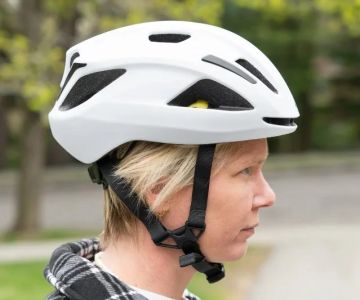

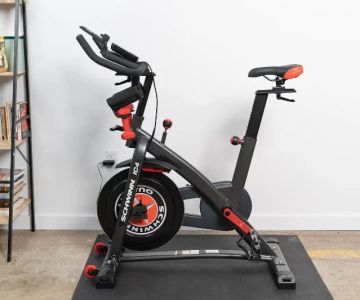

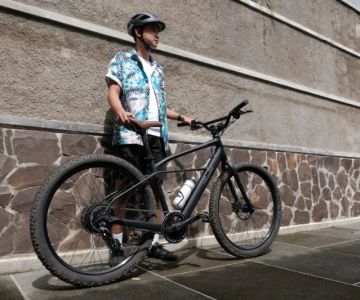
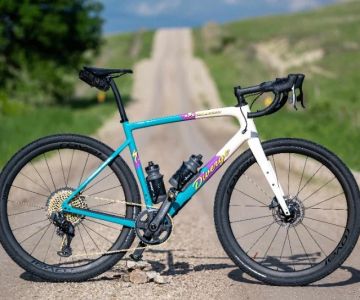
 Trek Bicycle Castro Valley4.0 (178 reviews)
Trek Bicycle Castro Valley4.0 (178 reviews) Ride Tucson4.0 (62 reviews)
Ride Tucson4.0 (62 reviews)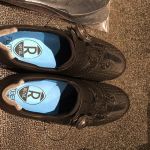 Cat One Fitness, LLC (Retul Bike Fit)4.0 (35 reviews)
Cat One Fitness, LLC (Retul Bike Fit)4.0 (35 reviews) Laughing Dog Bicycles4.0 (88 reviews)
Laughing Dog Bicycles4.0 (88 reviews) Trek Bicycle Denver Downtown4.0 (158 reviews)
Trek Bicycle Denver Downtown4.0 (158 reviews) Bikeway Source4.0 (81 reviews)
Bikeway Source4.0 (81 reviews) How to Teach Kids to Ride a Bike: A Step-by-Step Guide for Parents
How to Teach Kids to Ride a Bike: A Step-by-Step Guide for Parents Tips for Riding on Busy City Streets: Smart Strategies for Urban Cyclists
Tips for Riding on Busy City Streets: Smart Strategies for Urban Cyclists Best US National Parks for Mountain Biking: Ride Epic Trails Across America
Best US National Parks for Mountain Biking: Ride Epic Trails Across America Best Aero Helmets for Time Trials and Racing
Best Aero Helmets for Time Trials and Racing How to Clean and Lubricate Your Bike Chain Like a Pro
How to Clean and Lubricate Your Bike Chain Like a Pro 10 Must-Have Items for Long-Distance Cycling Trips
10 Must-Have Items for Long-Distance Cycling Trips